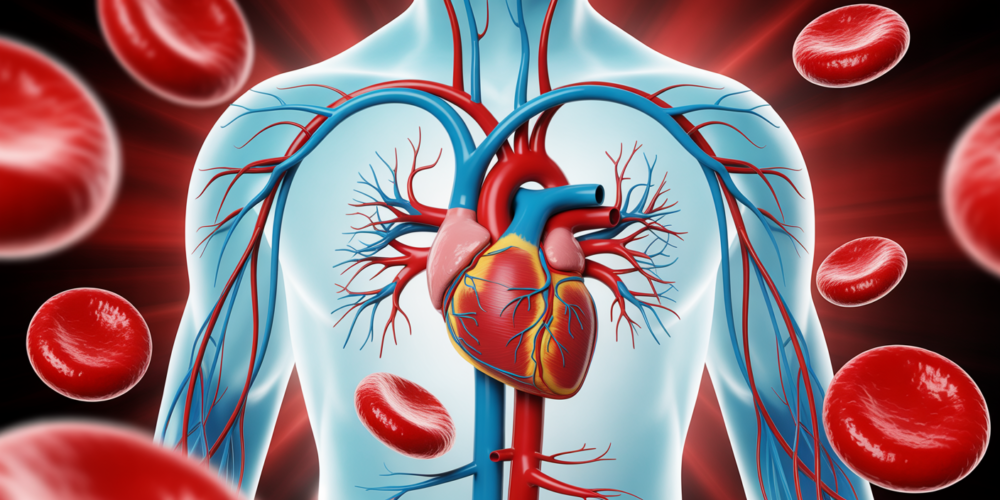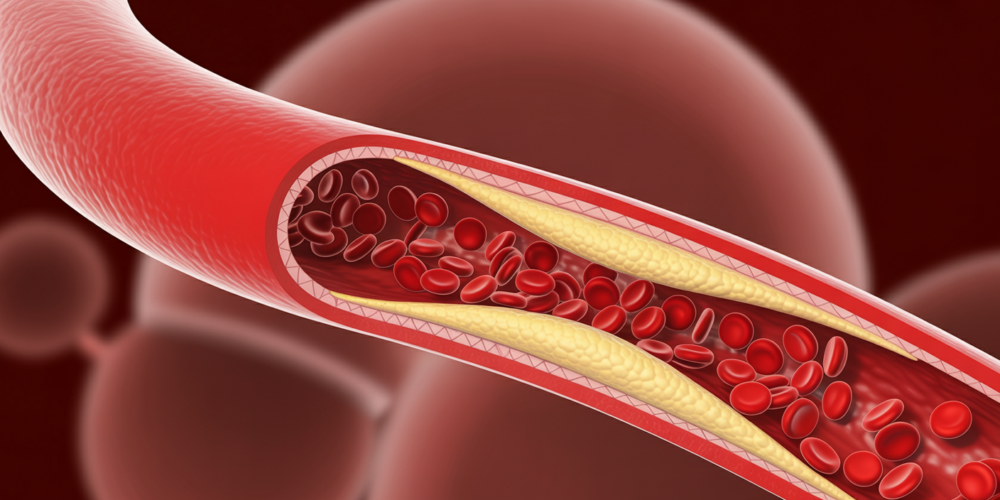
Have you been feeling strange lately? Maybe a tingling in your legs, hair loss on your lower legs, or even memory issues and chest pain? You might be wondering if these symptoms are connected to “clogged veins.” This post breaks down what that really means and how to address circulation problems in your legs, feet, and even your heart.
Key Takeaways
- Veins vs. Arteries: Arteries carry oxygen-rich blood away from the heart, while veins return deoxygenated blood back to the heart. Lymphatic vessels drain excess fluid.
- “Clogged Veins” Often Mean Clogged Arteries: While technically veins can get clogged (like in thrombosis), most people experiencing symptoms of poor circulation are actually dealing with arterial blockages.
- Symptoms Vary by Location and Type of Blockage: Whether it’s an artery or vein, and if the blockage is sudden (acute) or gradual (chronic), dictates the symptoms.
- Acute Arterial Blockages are Emergencies: These can cause sudden, severe pain, limb loss, heart attack, or stroke and require immediate medical attention.
- Chronic Arterial Blockages Cause Intermittent Pain: Symptoms like cold extremities, numbness, cramping with activity (claudication), and muscle atrophy develop over time.
- Varicose Veins are Different: They are dilated veins due to faulty valves, not blockages.
- Prevention is Key: Lifestyle changes like exercise, not smoking, maintaining a healthy weight, and a good diet are vital for good circulation.
Understanding Your Circulatory System

Our bodies have a complex network for moving blood and fluids around. We’ve got arteries, veins, and lymphatic vessels, all working with our heart, the main pump. Arteries are like the delivery trucks, taking oxygen-rich blood and nutrients from the heart to every part of your body – from your brain to your toes. Veins are the return trucks, bringing blood with less oxygen back to the heart. The lymphatic system acts like a drainage service, collecting extra fluid from tissues and returning it to the veins.
When any of these get blocked or “clogged,” it can cause problems. Most of the time, when people talk about “clogged veins,” they’re actually experiencing issues with their arteries.
When Veins Get Clogged: Thrombosis

One way a vein can get blocked is through thrombosis, which is a blood clot. The symptoms depend on where the clot is. If a deep vein in your leg gets blocked, perhaps due to birth control pills or after major surgery, you might develop deep vein thrombosis (DVT).
What does DVT feel like? Your leg might feel off. You could have pain in your calf, like a muscle cramp. The leg might swell, and the skin could look redder or paler than usual. You might also notice the surface veins looking more prominent or thicker. If you have these symptoms – pain, swelling, and more visible veins – it’s important to see a doctor quickly. That clot could break loose and travel to your lungs, causing a pulmonary embolism, which can be deadly.
When Arteries Get Clogged: The Real Issue for Many

Now, let’s talk about what happens when arteries get clogged. This is often what people mean when they think of “clogged veins.” Again, the symptoms depend on where the blockage is – in the heart, leg, gut, or neck arteries – and whether it happened suddenly or over time.
Acute Arterial Blockages: Sudden Problems
An acute blockage happens fast. Imagine you’re gardening, feeling fine, and suddenly you get severe chest pain. This could be a heart attack, caused by a clot in a coronary artery supplying your heart muscle. This is an emergency.
Sudden blockages can also happen in the brain, causing a stroke. In your leg, a sudden blockage means no oxygen-rich blood gets to your muscles. This causes intense pain, you might lose your pulse in that leg, and the limb could turn blue and feel cold. You might also feel numbness because the nerves aren’t getting blood. These are called paresthesias. This is a medical emergency. If you don’t get treatment fast, you could lose the limb. For heart attacks or strokes, getting to the hospital quickly can mean the difference between a full recovery and lasting damage.
Chronic Arterial Blockages: Gradual Issues

Chronic blockages don’t happen overnight. They build up slowly, maybe with a blockage over 70% before you notice symptoms. Since some blood is still getting through, the signs are different.
- Numbness and Tingling: When blood flow is reduced to your hands or feet, you might feel like pins and needles, or a sense of numbness.
- Cold Hands and Feet: Reduced blood flow makes your extremities much colder than the rest of your body. They might also change color, looking pale or even bluish.
- Muscle Cramps: If arterial blood doesn’t reach your muscles properly, it can cause painful cramps.
- Muscle Atrophy: Lack of blood flow means muscles don’t get the nutrients they need and can shrink over time.
- Pain with Activity (Claudication): This is a big one. You might have been able to walk for miles before, but now, after just a short distance, your legs feel tired and painful. You have to stop. This is called intermittent claudication. The pain gets better when you rest but returns when you walk. It’s a clear sign that oxygenated blood isn’t reaching your leg muscles sufficiently.
Blockages in the Heart and Brain
If the blockage is in your heart arteries and it’s chronic, you might experience angina. This is chest pain or discomfort. Stable angina happens when you exert yourself, and the pain goes away with rest or medication. However, unstable angina is more serious. This is when chest pain occurs even at rest, suggesting a blockage is about to cause a heart attack. If this happens, go to the hospital immediately.
If arteries leading to your brain (carotid arteries) are blocked, you might notice changes in brain function: memory loss, trouble concentrating, confusion, or dizziness.
What About Varicose Veins?

Varicose veins aren’t blockages. They are veins that have become enlarged and twisted because the valves inside them aren’t working correctly, causing blood to pool.
How to Prevent Circulation Problems
So, how can you keep your circulatory system healthy and avoid these issues?
- Exercise Regularly: Get up and move! Your body is made to move. Exercise is great for your heart and circulation. Low-impact activities like walking, cycling, or swimming can help improve blood flow, even with existing chronic blockages.
- Elevate Your Legs: When you can, prop your legs up. This helps reduce swelling caused by fluid buildup.
- Quit Smoking: Smoking is terrible for your health. It damages your arteries, contributes to plaque buildup, and increases your risk of heart attack, stroke, and dementia.
- Maintain a Healthy Weight: Being overweight puts extra strain on your heart, blood sugar, and veins, increasing the risk of thrombosis and other issues.
- Eat a Healthy Diet: Focus on fruits, vegetables, whole grains, and healthy fats like olive oil. Limit red meat and processed foods.
If you are experiencing symptoms of poor circulation, it’s important to see a doctor and follow their advice. Sharing this information can help others too!
Source: Dr. André Wambier

